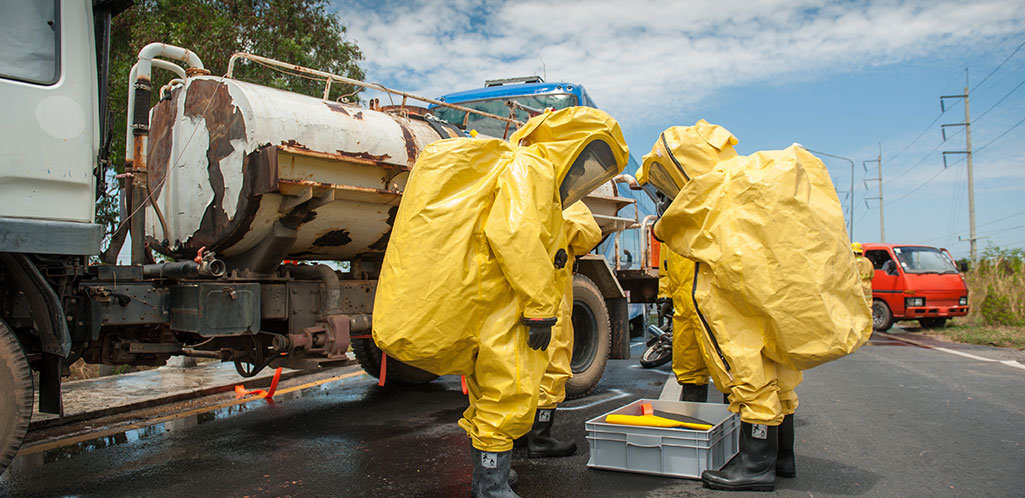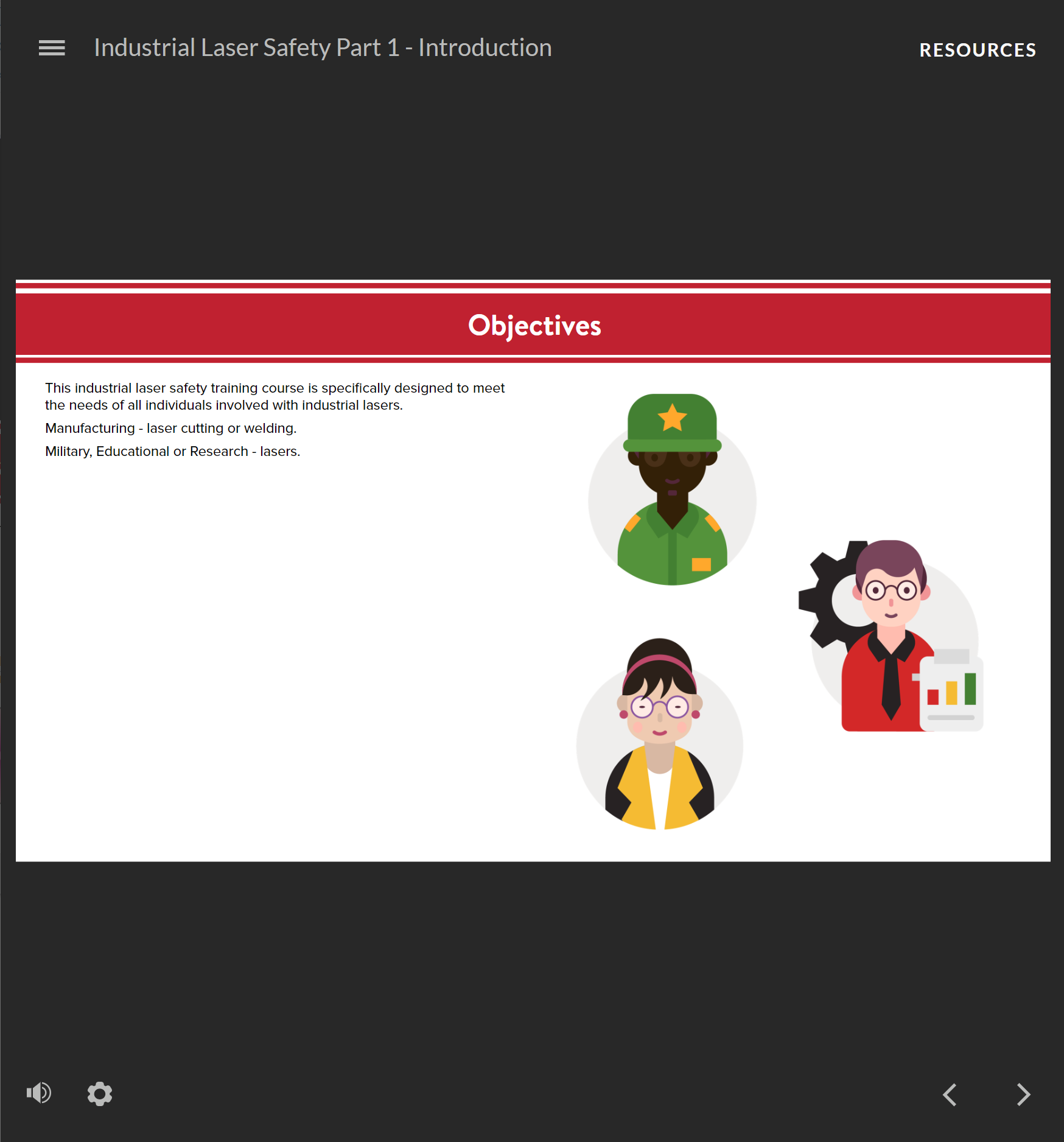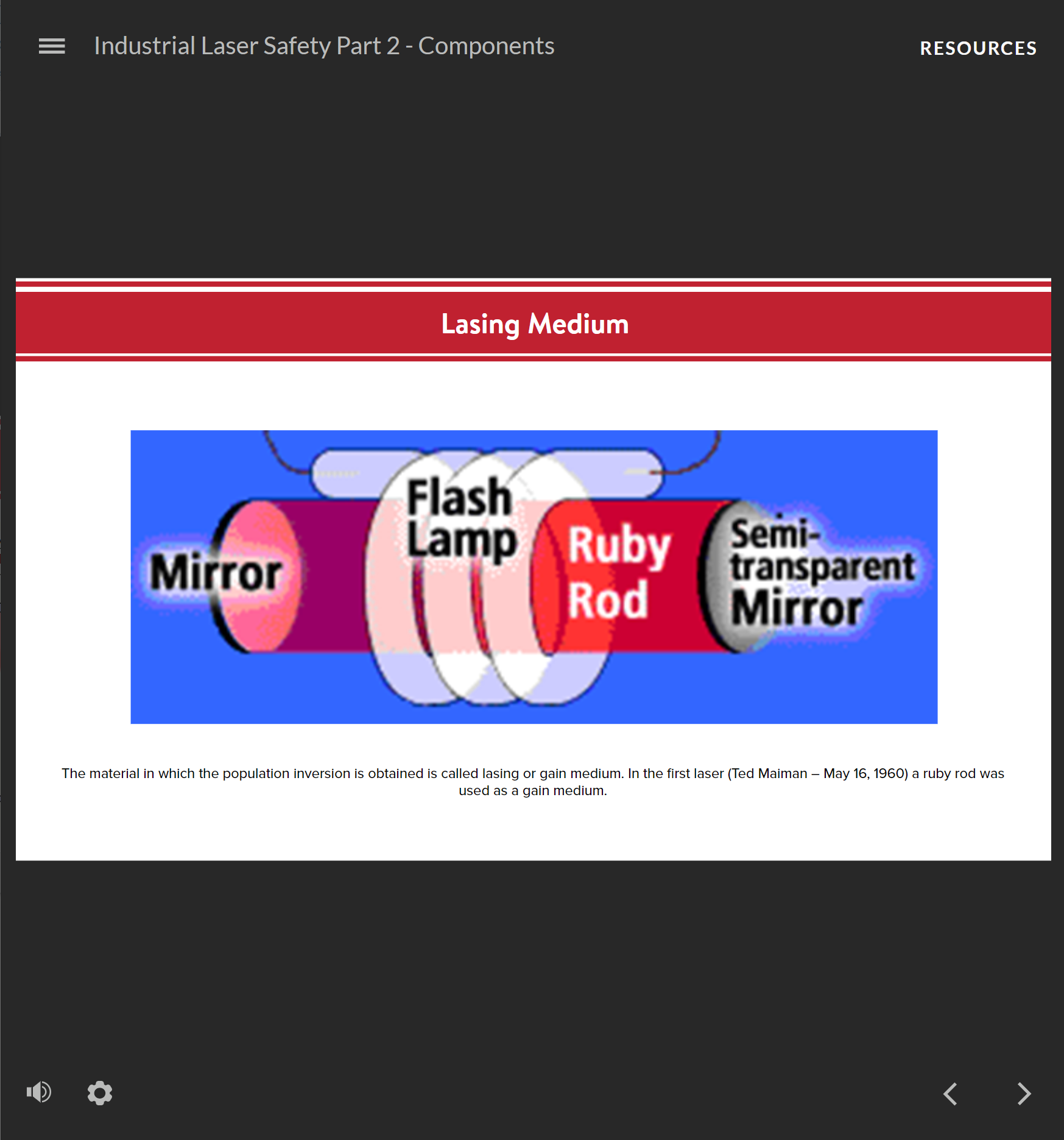-
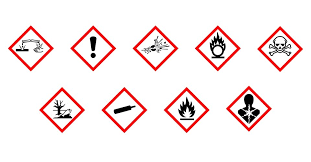
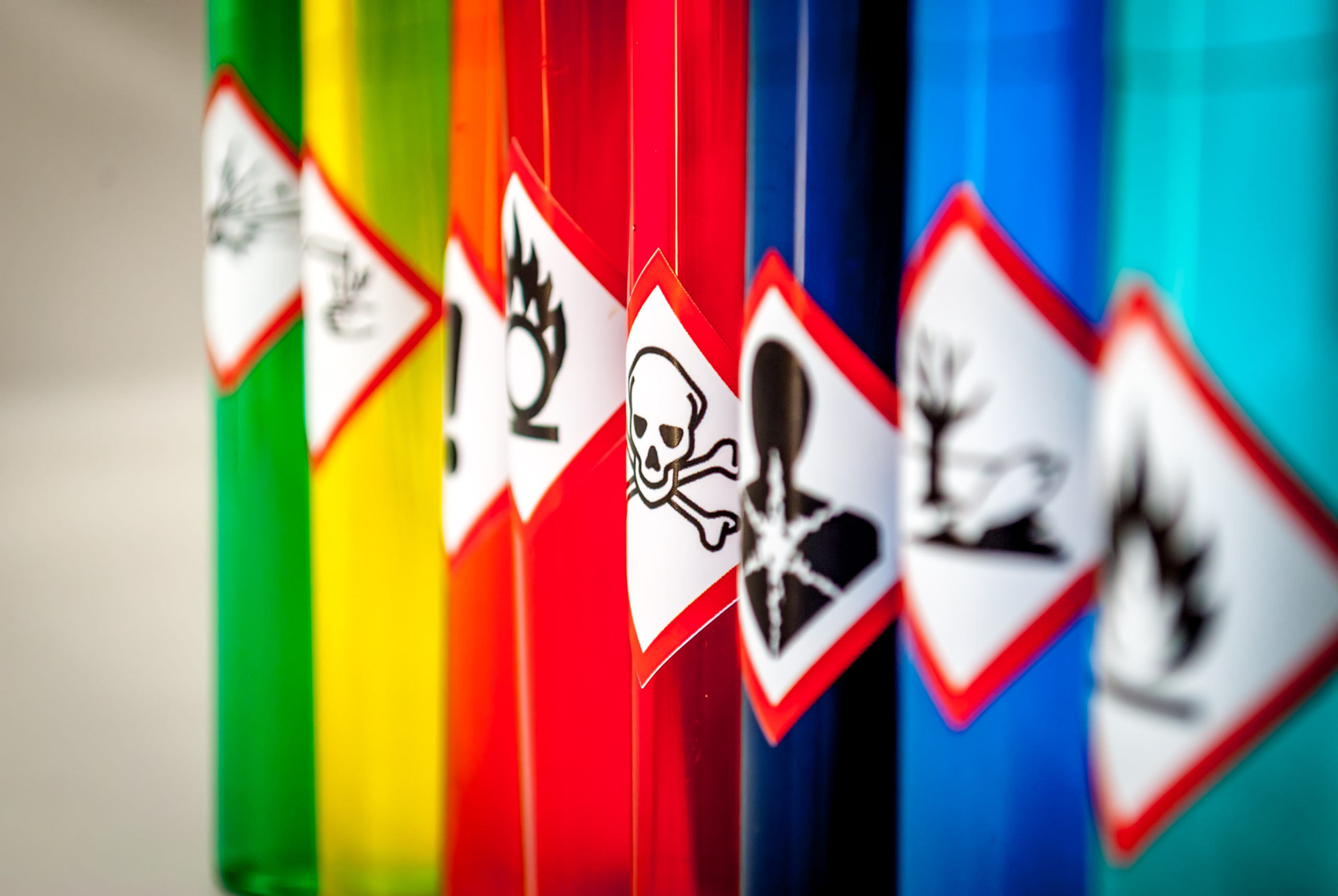 The goal of this lesson is for employees to recognize and understand how to identify chemical hazards using the GHS international classification of chemical hazards, label elements, and Safety Data Sheets. This lesson does not address the use of labels, markings or other communication methods that are employer or facility-specific and not within the scope of this lesson.
The goal of this lesson is for employees to recognize and understand how to identify chemical hazards using the GHS international classification of chemical hazards, label elements, and Safety Data Sheets. This lesson does not address the use of labels, markings or other communication methods that are employer or facility-specific and not within the scope of this lesson. -
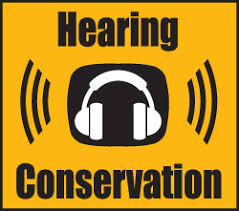
 This lesson will help you recognize the impact of noise on your hearing, the warning signs of hearing loss, and the noise exposure limits that necessitate hearing protection. This lesson will also introduce you to the types of hearing protectors, including their benefits and proper use, and address your responsibilities in supporting your employer’s hearing conservation program.
This lesson will help you recognize the impact of noise on your hearing, the warning signs of hearing loss, and the noise exposure limits that necessitate hearing protection. This lesson will also introduce you to the types of hearing protectors, including their benefits and proper use, and address your responsibilities in supporting your employer’s hearing conservation program. -
Sale!
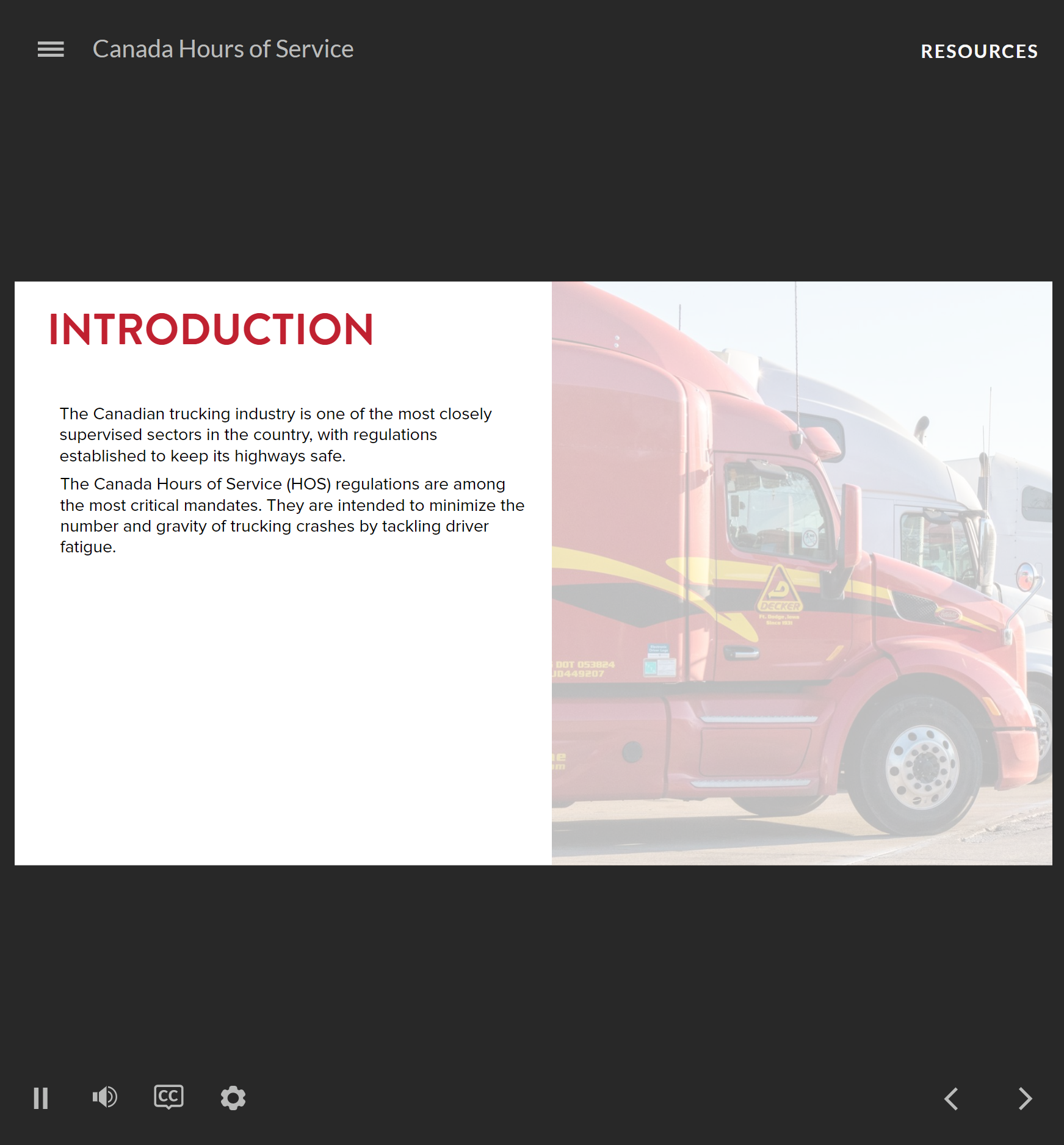
 Every federally regulated carrier and trucker must comply with the HOS rules. This course will cover what Hours of Service is, responsibilities, rules and requirements, off-duty information and regulations in Canada.
Every federally regulated carrier and trucker must comply with the HOS rules. This course will cover what Hours of Service is, responsibilities, rules and requirements, off-duty information and regulations in Canada. -
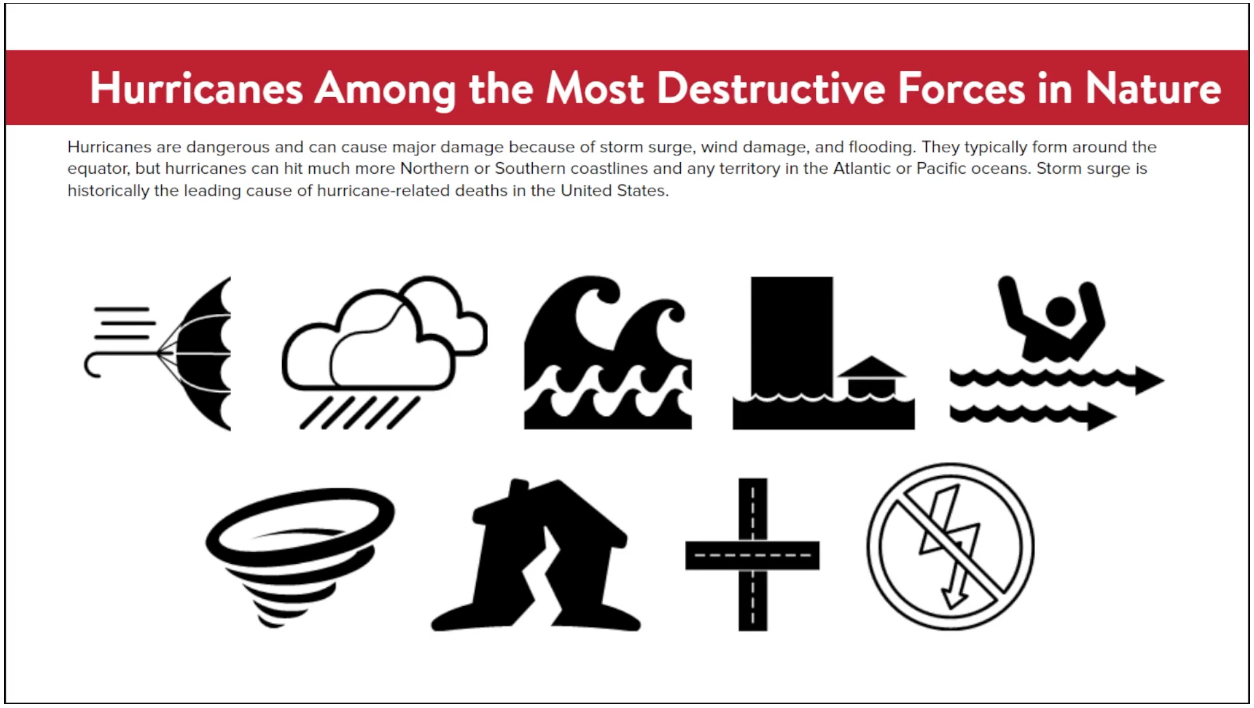
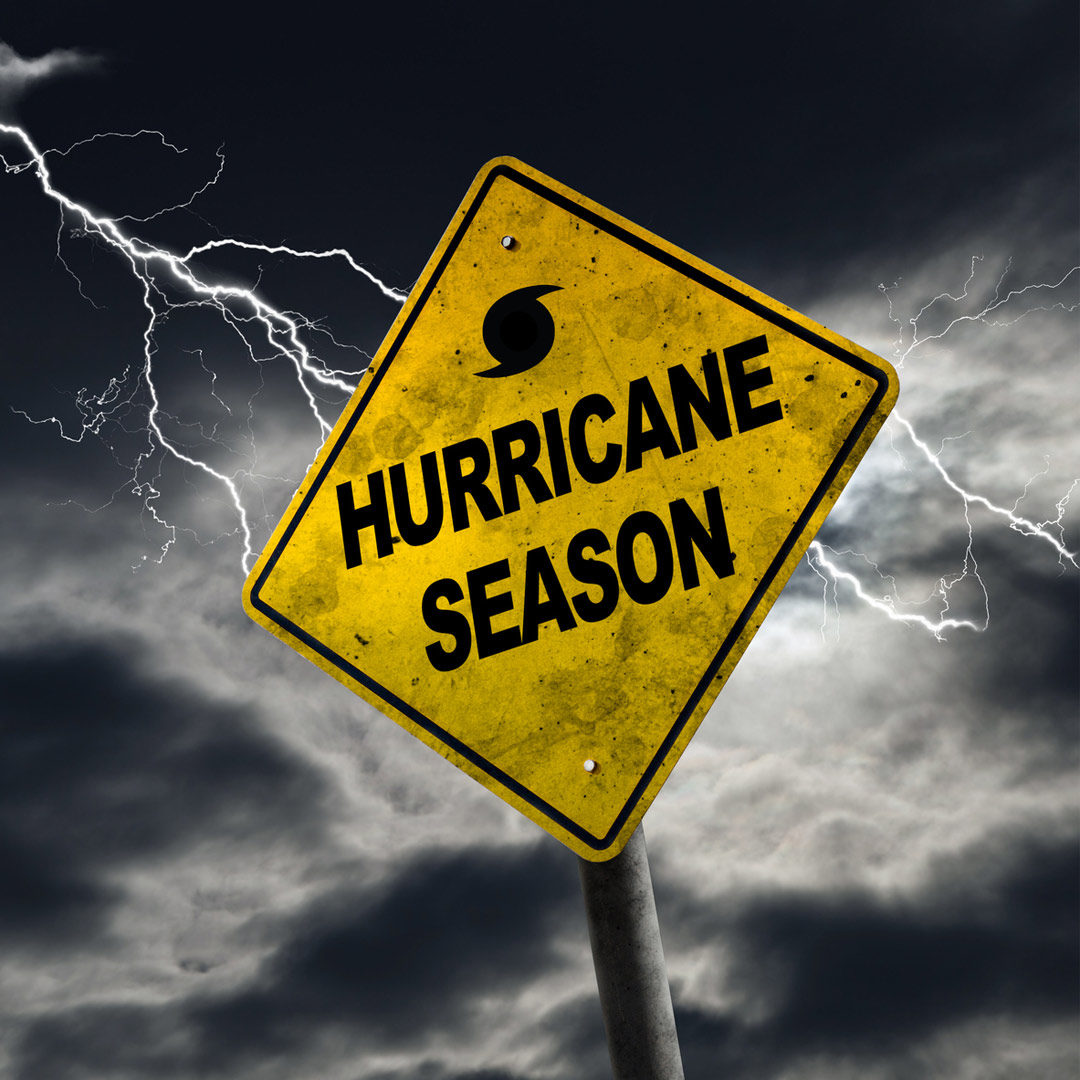 Hurricanes are dangerous and can cause major damage because of storm surge, wind damage, and flooding. They typically form around the equator, but hurricanes can hit much more Northern or Southern coastlines and any territory in the Atlantic or Pacific oceans. This course will help you understand how to prepare for a hurricane.
Hurricanes are dangerous and can cause major damage because of storm surge, wind damage, and flooding. They typically form around the equator, but hurricanes can hit much more Northern or Southern coastlines and any territory in the Atlantic or Pacific oceans. This course will help you understand how to prepare for a hurricane. -
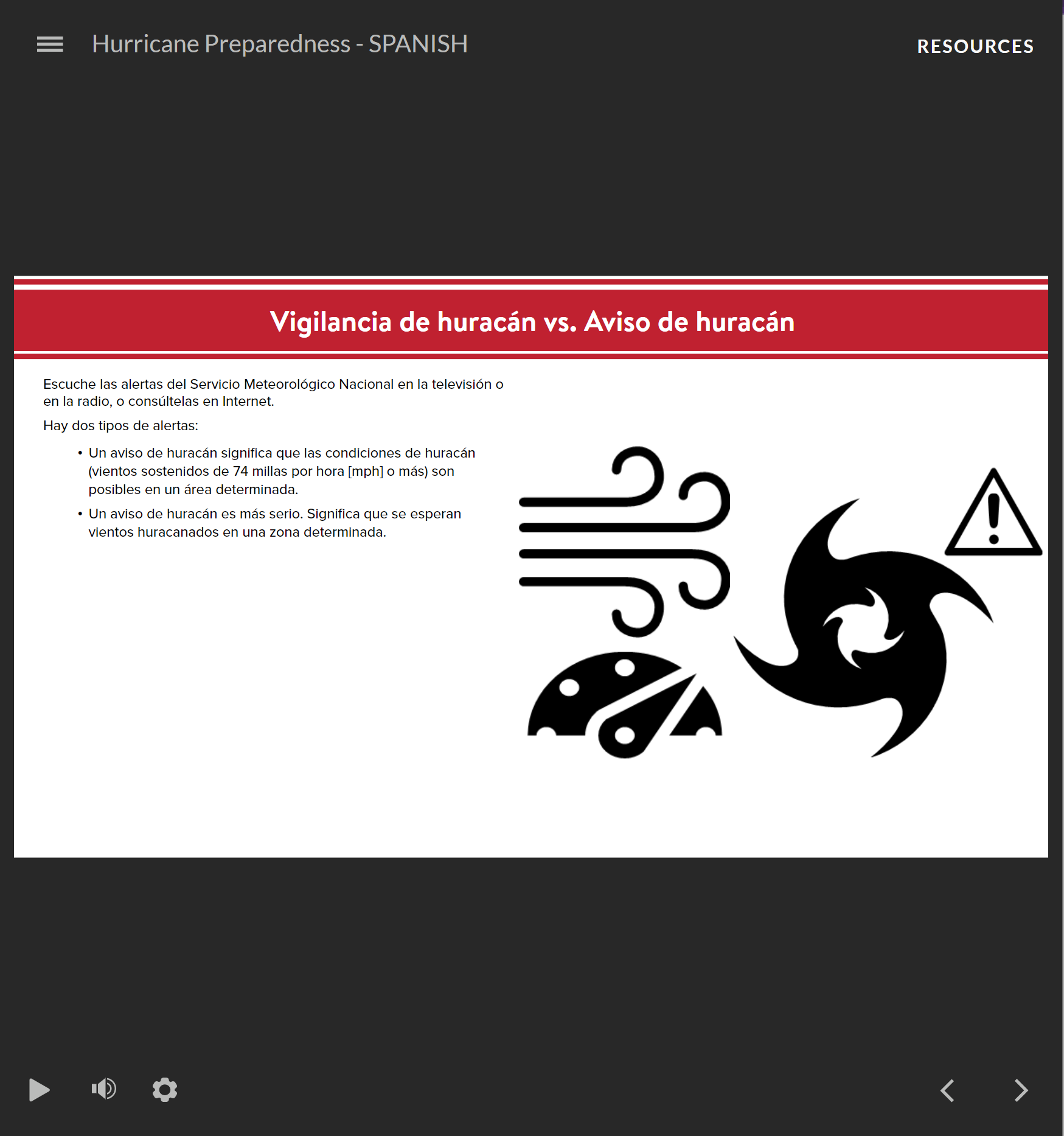
 Hurricanes are dangerous and can cause major damage because of storm surge, wind damage, and flooding. They typically form around the equator, but hurricanes can hit much more Northern or Southern coastlines and any territory in the Atlantic or Pacific oceans. This course will help you understand how to prepare for a hurricane. (Spanish Version)
Hurricanes are dangerous and can cause major damage because of storm surge, wind damage, and flooding. They typically form around the equator, but hurricanes can hit much more Northern or Southern coastlines and any territory in the Atlantic or Pacific oceans. This course will help you understand how to prepare for a hurricane. (Spanish Version) -
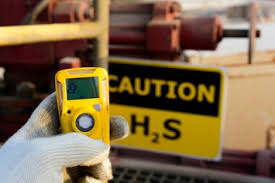
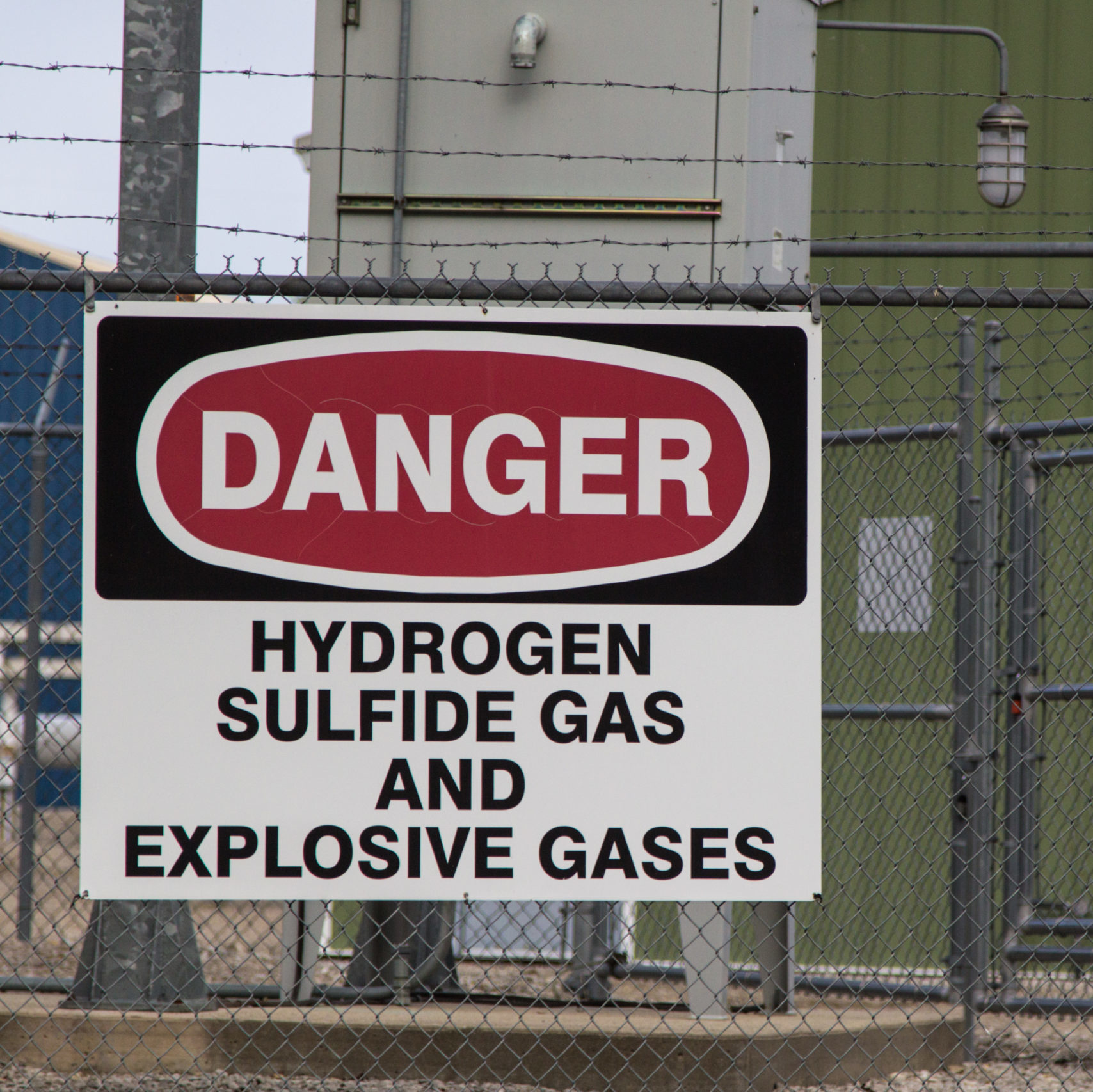 Hydrogen sulfide is a chemical compound with the formula H2S. It is an extremely hazardous gas whose marker is the smell of rotten eggs. It is colorless and very dangerous when high concentrations are inhaled. Hydrogen sulfide is highly flammable and explodes easily near lit matches, cigarettes, and other sources of spark or heat. Although only a little irritating at lower concentrations, hydrogen sulfide exposure can result in death. The most likely and dangerous exposure pathway is through inhalation of hydrogen sulfide gas, however, there are some instances where contact is made with the skin. Contact with the skin can result in frostbite or burns.
Hydrogen sulfide is a chemical compound with the formula H2S. It is an extremely hazardous gas whose marker is the smell of rotten eggs. It is colorless and very dangerous when high concentrations are inhaled. Hydrogen sulfide is highly flammable and explodes easily near lit matches, cigarettes, and other sources of spark or heat. Although only a little irritating at lower concentrations, hydrogen sulfide exposure can result in death. The most likely and dangerous exposure pathway is through inhalation of hydrogen sulfide gas, however, there are some instances where contact is made with the skin. Contact with the skin can result in frostbite or burns.




